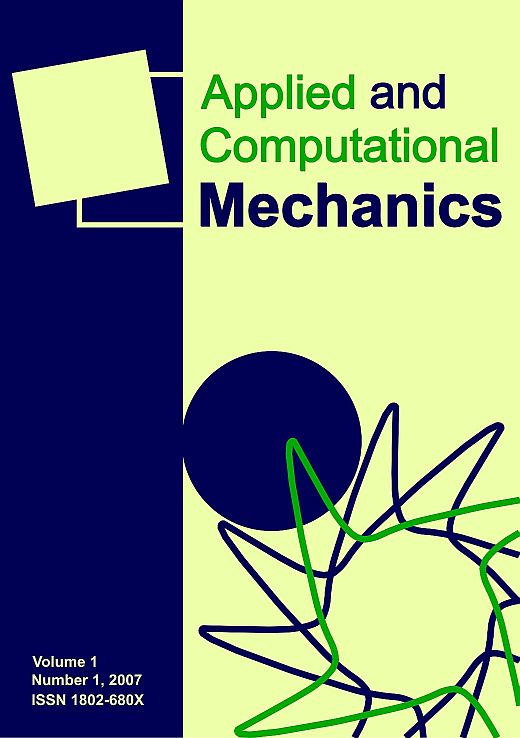Using a tensor model for analyzing some aspects of mode-II loading
Keywords:
Arcan-Richard specimen, shear mode, crack tip stress field, two-parameter fracture mechanics, fracture parameters, numerical simulationAbstract
When analyzing the scatter and discrepancies arising among the fracture toughness resulting for different materials and given mixity ratio KIIC/KIC three factors seems to be influential in contributing to the still unsatisfactory state of affairs in this field: a) the lack of established requirements as regards geometry and minimal in- and out-ofplane dimensions of specimens regulating the test for determining mode-II fracture toughnessKIIC or, in the more general case, its equivalent in mixed mode cases, b) the role played by the micro-cracking present in the process zone, acknowledged as a microstructural phenomenon already pointed out by Kalthoff and co-workers, needs to be experimentally investigated, and is not considered in the mainly analytical and numerical focussing pursued here, and c) the insufficient attention paid to the particularity of the stress fields around the crack front before and after the daughter crack is formed. In this work, the last question is addressed with the intention of contributing to the clarification of some points with regard to crack instability under mode-II and mixed-mode loading, in particular, why it is difficult to formulate a sufficiently simple failure model for mechanical components or real structures for which the type of load or the geometry results in stress states from which the potential of mixed mode failure arises.
Downloads
Published
Issue
Section
License
Copyright (c) 2016 Applied and Computational Mechanics

This work is licensed under a Creative Commons Attribution 4.0 International License.







